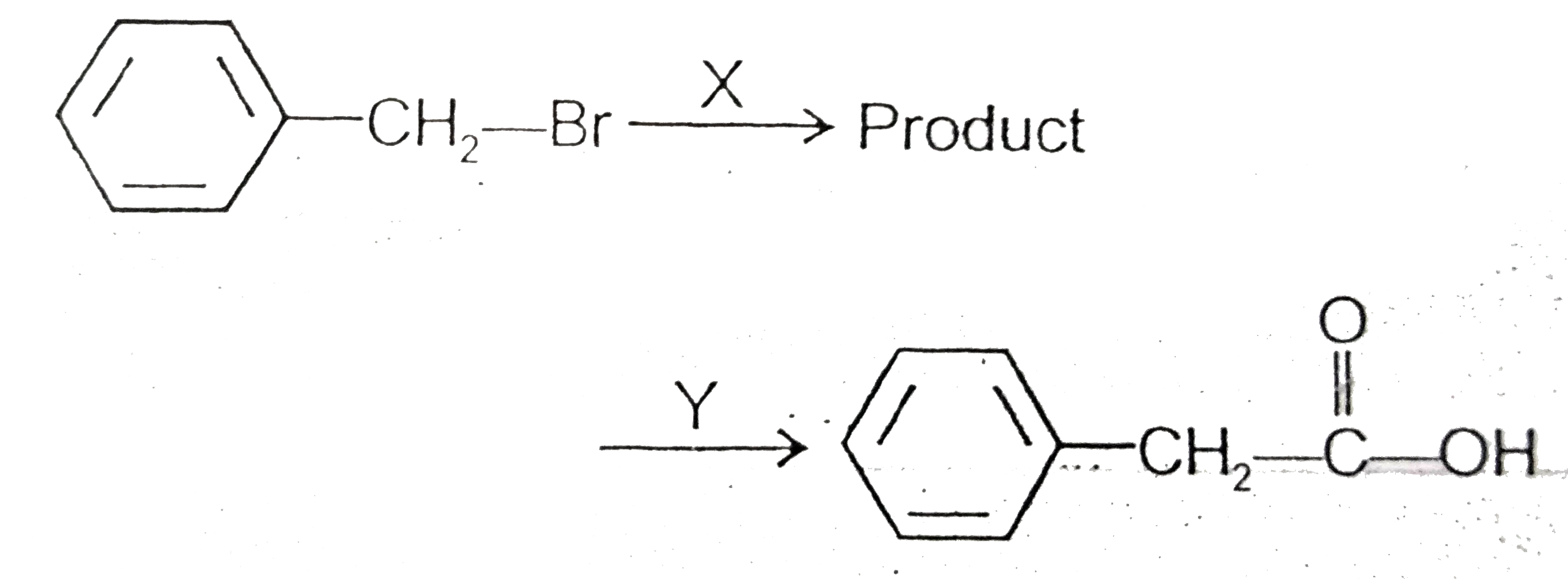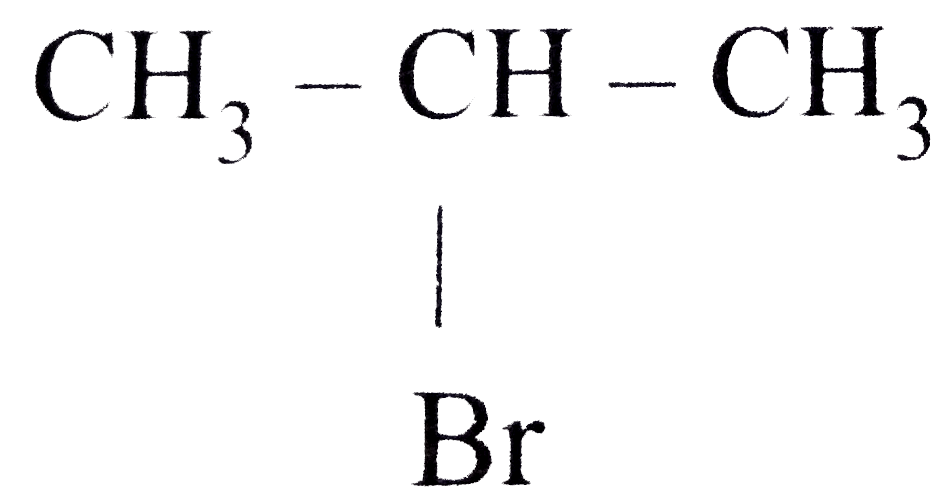The correct functional group X and the reagent//reaction conditions Y in the following scheme are
 .
.
X=COOCH3,Y=H2/Ni/heat
X=CONH2,Y=H2Ni/heat
X=CONH2,Y=Br2/NaOH
X=CN,Y=H2/Nl/heat
The correct Answer is:C, D
Topper's Solved these Questions
- BIOMOLECULESBOOK - RESONANCECHAPTER - BIOMOLECULESEXERCISE - Ex-3(IIT-JEE)Part-II
15 Videos
- BIOMOLECULESBOOK - RESONANCECHAPTER - BIOMOLECULESEXERCISE - Ex-3(IIT-JEE)Part-III
34 Videos
- BIOMOLECULESBOOK - RESONANCECHAPTER - BIOMOLECULESEXERCISE - Ex-2(Comprehension)Part-IV
5 Videos
- BASIC CONCEPTSBOOK - RESONANCECHAPTER - BASIC CONCEPTSEXERCISE - ORGANIC CHEMISTRY(BASIC CONCEPTS)
27 Videos
- BIOMOLECULES & POLYMERBOOK - RESONANCECHAPTER - BIOMOLECULES & POLYMEREXERCISE - ORGANIC CHEMISTRY(Biomolecules & Polymer)
33 Videos
Similar Questions
Knowledge Check
The correct functinal group X and the reagent/reaction conditions Y in the following scheme are :

Condenasation polymer formed Nylon-66AX=COOCH3,Y=H2/Ni/heatBX=CONH2,Y=H2/Ni/heatCX=CONH2,Y=Br2/NaOHDX=CN,Y=H2/Ni/heatThe compound X in the following reaction scheme :
 AacetonitrileBmethyl isocyanideCacetaldehydeDnitromethane
AacetonitrileBmethyl isocyanideCacetaldehydeDnitromethaneIdentify the set of reagents/ reaction conditions X and Y in the following of transformations
 AX=Mg/Et2O.Y=CO2, followed by H3O+BX=AgCN. Y=(i) →OH/H2 (ii)H3O+CX=NaCN,Y=(i) →OH/H2O (ii) H3O+DX=alcoholic KOH, Y= (i) HCN, (ii) H3O+
AX=Mg/Et2O.Y=CO2, followed by H3O+BX=AgCN. Y=(i) →OH/H2 (ii)H3O+CX=NaCN,Y=(i) →OH/H2O (ii) H3O+DX=alcoholic KOH, Y= (i) HCN, (ii) H3O+
Identify the set of reagents/ reaction condition ‘X’ and ‘Y’ in the following set of transformations :
CH3−CH2−CH2BrX−−→ProductY−−→CH3−C∣BrH−CH3
View SolutionIdentify the set of reagents / reaction conditions 'X' and 'Y' in the following set of transformations.
CH3−CH2CH2BrX−−→ProductY−−→

View SolutionIdentify the set of reagents/reaction conditions 'X' and 'Y' in the following set of transformation :
CH3−CH2−CH2BrX−−→ProductY−−→CH3−C∣BrH−CH3
View SolutionIdentify the set of reagents/ reaction condition ‘X’ and ‘Y’ in the following set of transformations :
CH3−CH2−CH2BrX−−→ProductY−−→CH3−C∣BrH−CH3
View SolutionIdentify the set of reagents/reactions conditions 'X' and 'Y' in the following set of transformations.
CH3−CH2−CH2BrX−−→productY−−→CH3−C∣BrH−CH3
View Solution




